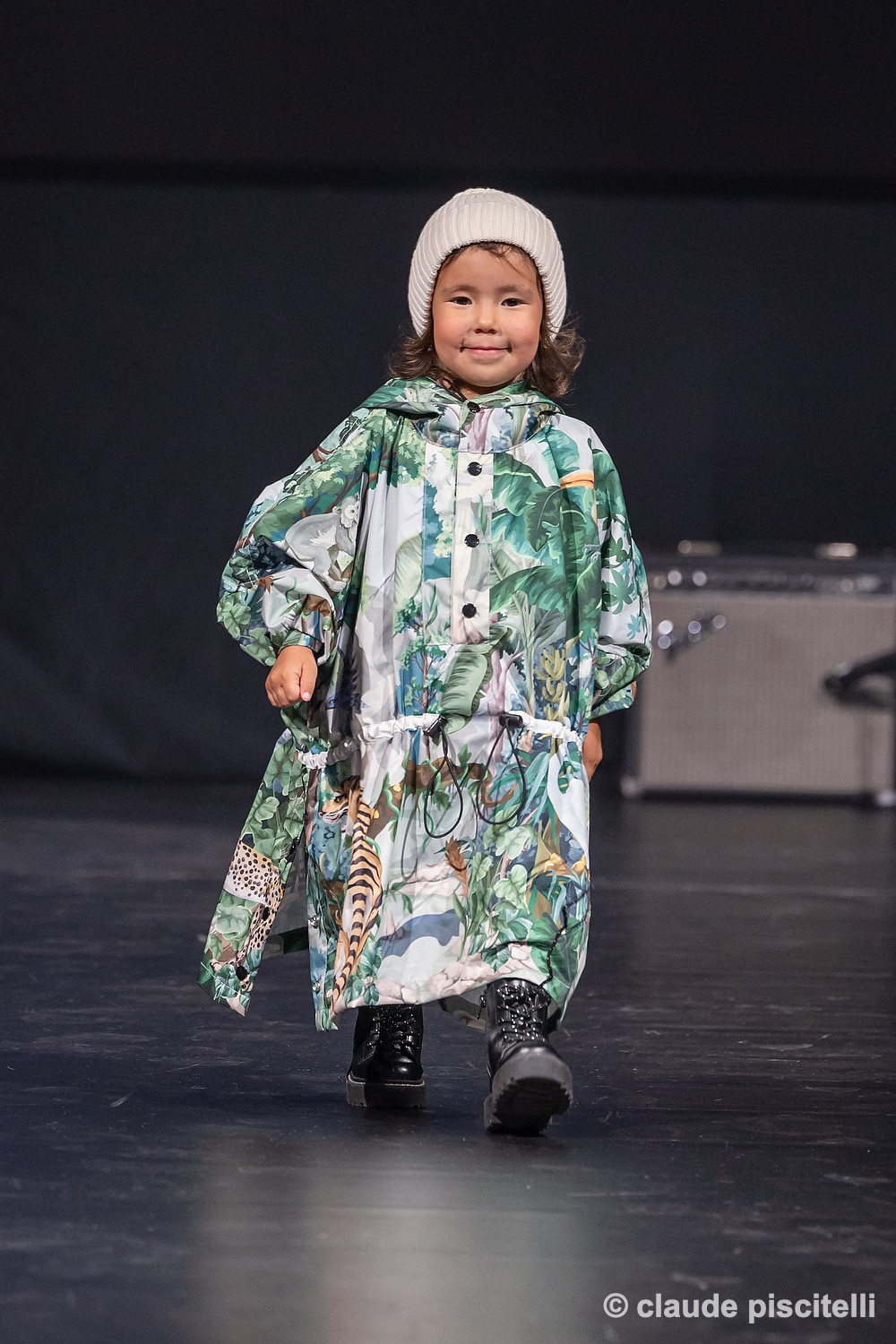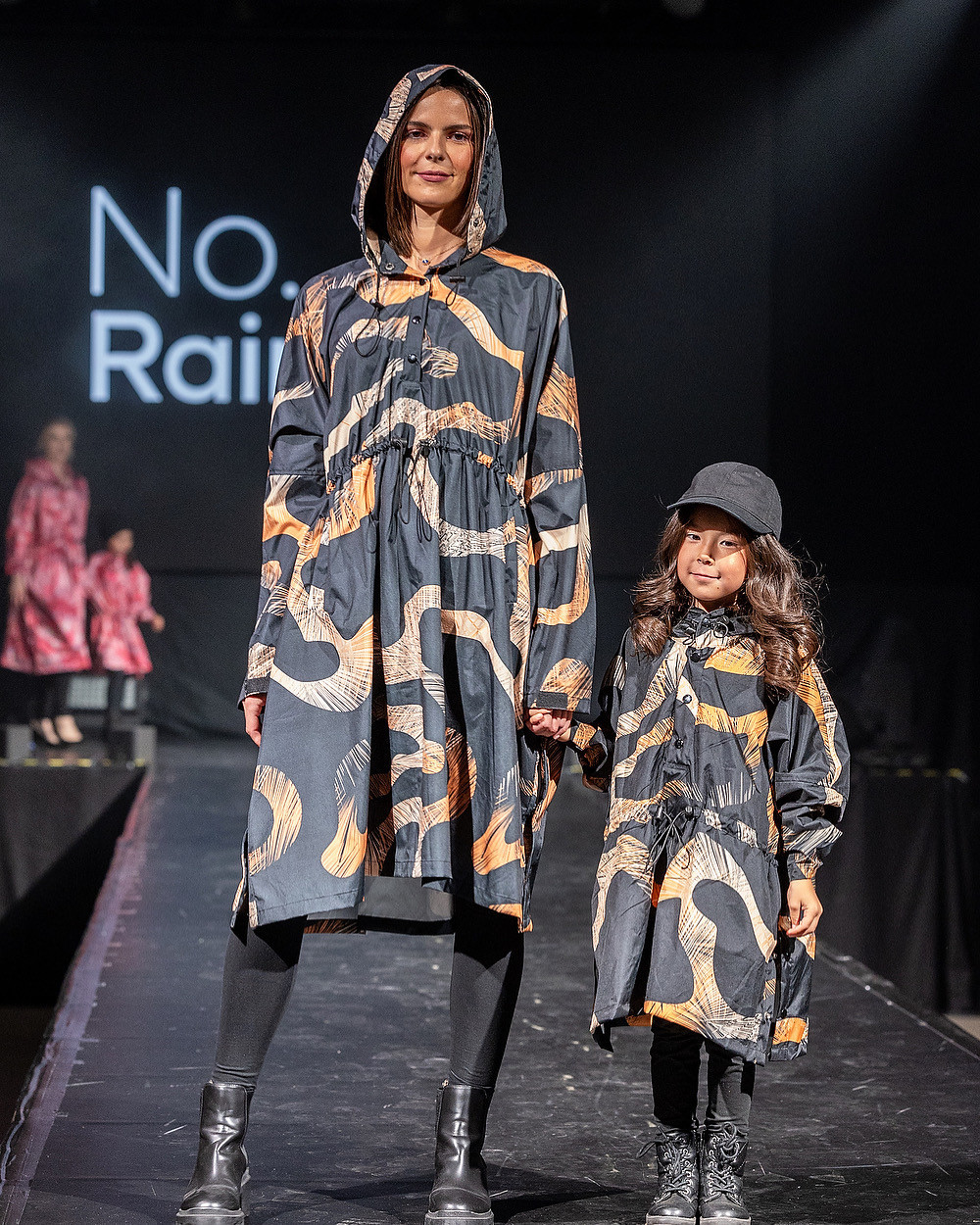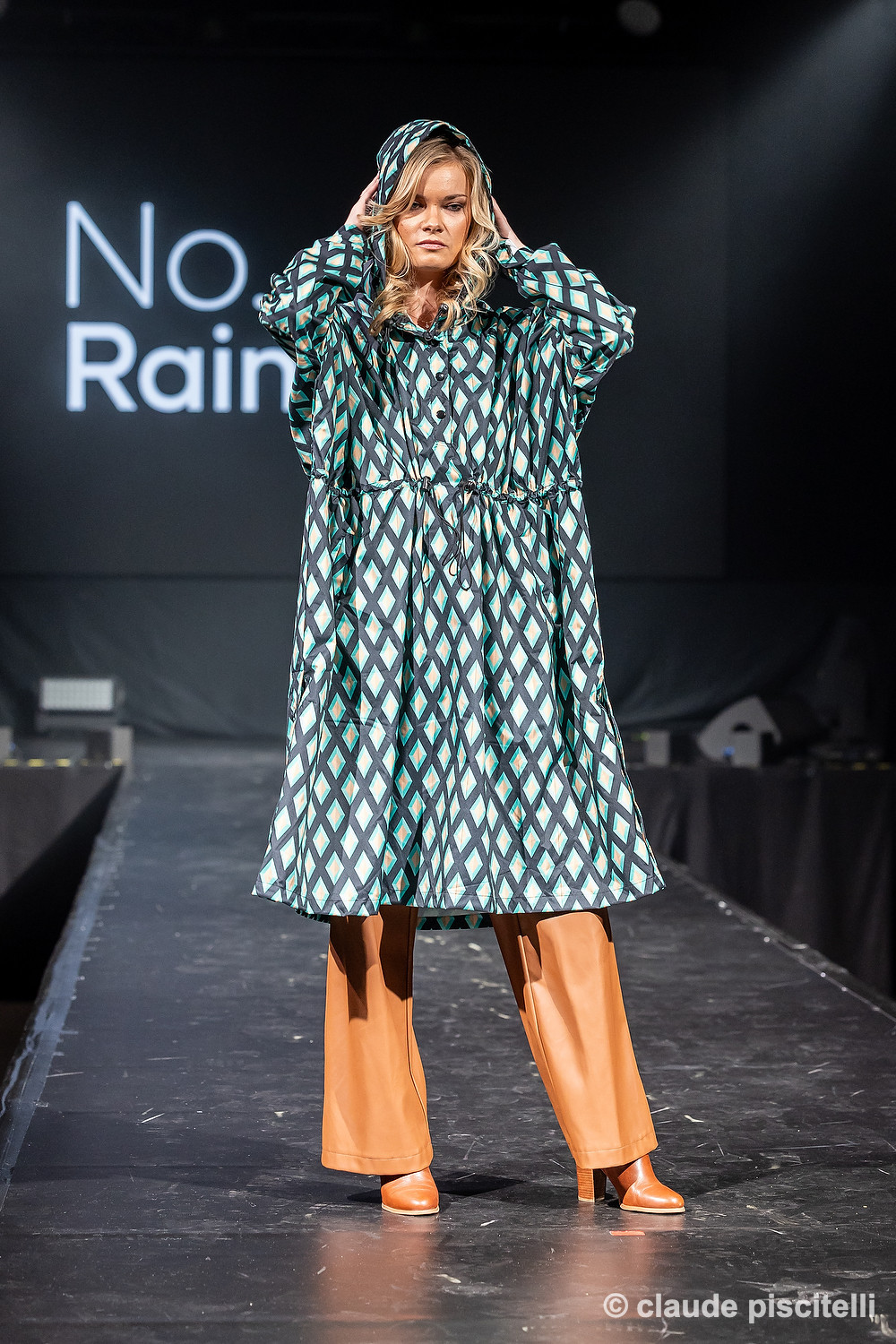Elena Gromova, entrepreneur and founder of Fashion Business Lab, started her career in the financial industry, working in Latvia and London for Big 4 firms, L’Oréal and NBC Universal. How, then, did she end up in the fashion business?
“I loved the job and the company itself,” Gromova told me during an interview, talking about her work as a financial controller at the media firm NBC Universal in London, which she described as a “great experience.” She had always loved sports, and at the time, she was commuting to work by bike. But, Gromova added, “I was always interested in fashion, and my dream was to have my own business.” She just wasn’t sure what it would be.
One day, she heard her colleagues talking about the Tour de France bike race, as well as a 160-km “non-professional” stage called L’Étape du Tour. “So I decided to try,” said Gromova, adding that it was a “big challenge.” She realised two things: one, that there was no “beautiful cycling apparel for women;” and two, that “when you feel that you are running out of power, and you continue cycling, you realise that you are capable of doing much more than you think.”
“And that was very important for me,” she said. “By the end of that route, I was absolutely confident that I would start my business. We are always trying to find excuses not to do something, that we have fears, we have doubts. But when you are overcoming something, you get more confident.”
From that point on, Gromova began to change her career.
“Happiest day of my life”
At the time, Gromova had worked in finance for 15 years, and had no experience or knowledge around launching her own fashion brand. So the first thing she did was take courses at Saint Martins, a fashion college in London, where she learned about the fashion industry itself and how to create and design a collection.
Gromova launched her own brand in 2015 and presented her first collection at the London bike show on 14 February--Valentine’s Day. “To be honest, it was the happiest day of my life!” she laughed. “And maybe it’s a bit unfair, because I have two kids, and people say, “When I had a kid, that was the happiest moment in my life.’ No. That was my first baby.”
This “first baby” was the Nakeaid activewear brand, which expanded beyond women’s cycling apparel to include running, yoga and tennis clothes.
“Behind the scenes” process
For the first few years, Gromova continued working for NBC Universal and used her “main salary” to finance her brand. But in 2018, she moved back to Latvia, where she decided to fully dedicate herself to her fashion brand.
She also discovered a factory in Riga for activewear production that was “great.” “I loved that they were using only recycled fabrics, that they were super ethical,” she explained. “I said, ‘I want to work here. Doesn’t matter what I will do. I just want to be here.’” Gromova ended up getting hired at the company, and this, she said, was when she learned about everything happening “behind the scenes.”
Fashion Business Lab a “practical” programme
“Most importantly, I saw how factories talk to new and emerging brands,” she said. Often, factories don’t want to work with new brands because they’re not very knowledgeable or don’t bring in very big orders. “That gave me the idea of the Fashion Business Lab,” said Gromova, which is a “very practical” programme founded in 2021.
In schools, the information taught is often rather theoretical, she argued. On the other hand, Fashion Business Lab is a step-by-step, module-by-module programme that helps people build a strong foundation for a successful brand. Through Fashion Business Lab, Gromova and her team help participants make samples, choose fabrics, threads and accessories, find a factory for production, launch their clothing collection, carry out sales and marketing, and manage their brand.

Through Fashion Business Lab, Gromova and her team help people make samples, choose fabrics, find a factory for production, launch their clothing collection, carry out sales and marketing and manage their brand. Photo: Provided by Elena Gromova
Are all the brands that go through Fashion Business Lab related to athletic clothing?
Not at all, Gromova replied. She works with brands in categories ranging from lingerie to dresses, and this autumn, she herself launched another brand.
When Gromova came to Luxembourg a year ago, it was raining “cats and dogs,” as is often the case in the grand duchy. The weather inspired her to “make something really beautiful and nice” to be protected from the weather. Presented at Luxembourg Fashion Week in September 2023, this new brand is called , which features waterproof trench coats and ponchos (including kid-sized ponchos) made from recycled polyester.
There is an opportunity to give people a chance to learn about fashion
Regarding the growth of Fashion Business Lab, Gromova has project managers, as well as a business partner in Germany. But she’s also looking for someone in France who speaks French, “and my goal is to develop it here in Luxembourg, because I can see that the fashion industry is not really developed here. I think there is a market, I think there is an opportunity to give people a chance to learn about fashion, about the fashion business and to launch their own collection if they want.”
“It would be great to also open a small production laboratory here, to do the sewing basically,” she added. “That way, if someone wants to make their own collection, they can straightaway do it here. They don’t need to travel to another country.” The sampling of the product prototypes is the hardest part, “and it’s much better if you can do it just around the corner.”
Digitalisation and the state of fashion
Gromova also touched on the general “state” of the fashion industry during our interview. “If you need one word to talk about the state of fashion, you would say it’s ‘uncertain,’” she said. The political and economic situation “is not the best” at the moment, she noted; people are more cautious about spending money and there are the possibilities of production disruptions.
“But in any uncertain situation, there is an opportunity for small brands, for newcomers. I believe that there are plenty of opportunities and the entry barriers to the market are quite low,” said Gromova. On one hand, the market might seem quite saturated, but on the other hand, with all the digital tools available today, it’s “very easy to get into fashion,” even if you have a “very small budget.”
There’s no need to produce four collections a year with 80 pieces per collection; the easiest way to get started is to set up a direct-to-consumer brand, then start printing tee-shirts or pyjamas, for example. This doesn’t require a distributor or an agent; all you need is an Instagram account, said Gromova. “You can start small, make a pre-sale, collect the orders, then do the production.”
Other technologies like augmented reality or crowdfunding can also help brands, while data analysis is also “very important.” It’s key to figure out what the best-selling item is, how to improve sales and to analyse what kind of marketing works best.
Changing the “attitude” towards clothes
“Fast fashion” and the clothing industry contribute to climate change: it uses 215trn litres of water per year, plastic fibres pollute waterways, discarded clothing often ends up in landfills. But there are solutions, like promoting secondhand clothes and circularity of textiles. Is this something that Gromova is addressing?
“I don’t buy fast fashion,” she replied. “I strongly believe that we can change the whole industry; we can make it more environmentally-friendly if we do it right. If we use really nice, good fabrics, if we make more high quality-items, timeless items that you can put in your wardrobe and you can always wear.” The “attitude” towards clothing needs to be changed, from something that you wear once then throw away, to something that you keep.
Upcycling is another option, added Gromova. “I do it quite often; I buy something secondhand or I just have old stuff in my wardrobe, and I try to renew it. I can take off part of the sleeve, I can change the buttons, I can put other fabric on the pockets.”
This is something that she also encourages her clients to consider. Building a collection is building like a pyramid, Gromova explained. The tip of the pyramid consists of a “signature product,” say, an orange coat with feathers. It’s the product that attracts attention. Then comes the middle layer of “best-sellers.” It’s something more common--say, a black coat--and that can be sold from season from season, but should still be an item that customers love.
Finally, the base of the pyramid includes “no-brainer” products, which are things that are small and relatively inexpensive--like socks or hats--and can complement the look. Instead of “reinventing the bicycle” and creating new products for this part of a brand, explained Gromova, existing items from catalogues or secondhand shops can be repurposed and re-styled.
Eco-friendly fabrics and innovation
There’s also the option to select fabrics that are more eco-friendly, she continued. Possibilities include organic cotton, ecovero, sustainable viscose, tencel, bamboo, or even fruit-based leather. “We also use leather made of pineapples and clementines, and it even smells like a fruit! It’s amazing.”
And while it’s true that the price of such an item will likely be more expensive than fast-fashion products, people will keep this piece of clothing for a longer time, making it worth the higher price.
I want to create brands that will not pollute the planet
Gromova mentioned that she gets comments that the fashion industry is polluting the planet, and yet she’s still trying to help create more brands. “But I want to create brands that will not pollute the planet,” she concluded.
Nowadays, for instance, production companies are using innovative machines that “print on demand” (once an order is placed, it goes directly to the production company, which produces the item and sends it directly to the customer, thus avoiding a surplus of unsold clothes) or that use sustainable, chemical-free colours, she explained. “There are a lot of opportunities for how to make [the industry] better and more eco-friendly.”
Find out more about Fashion Business Lab .








